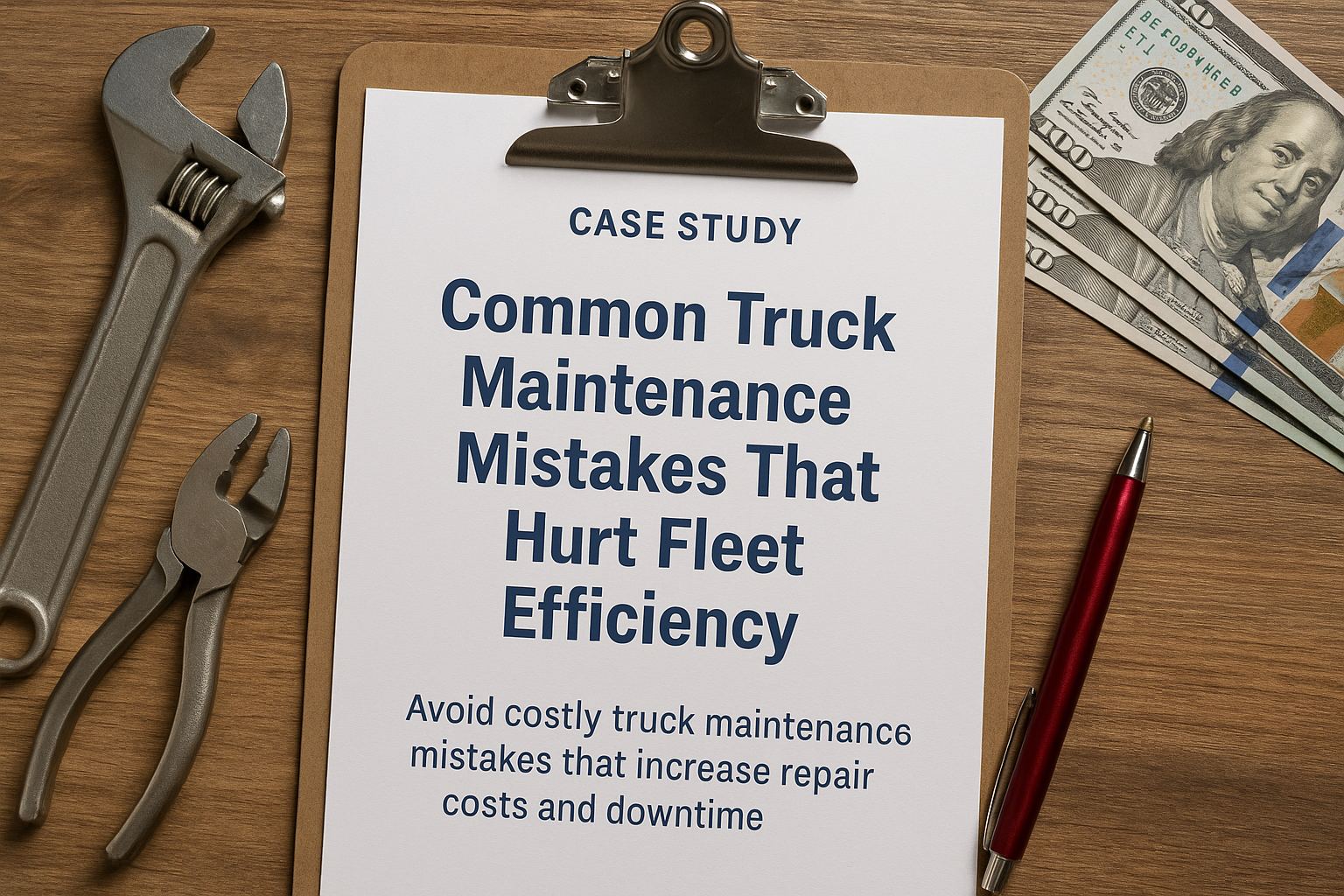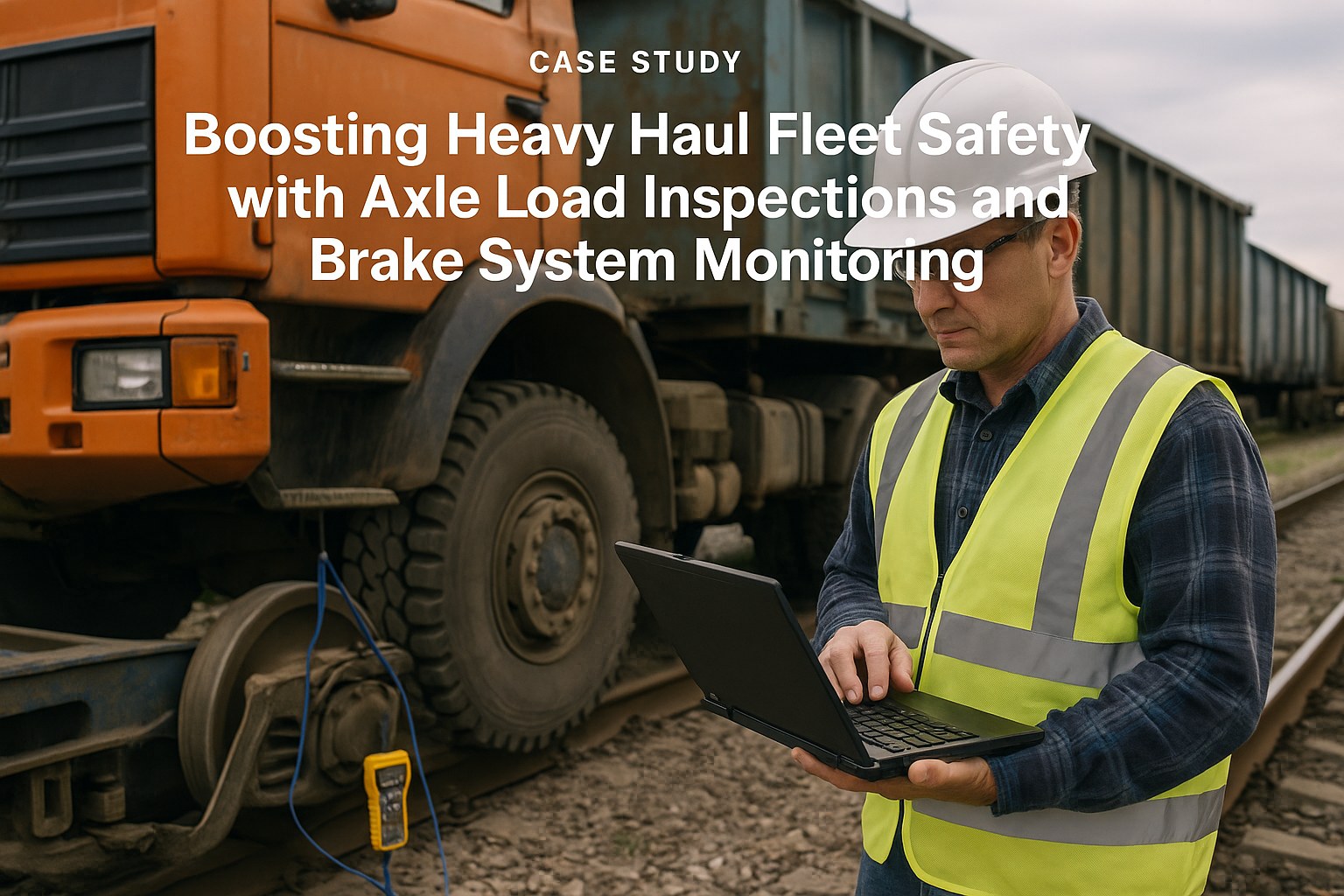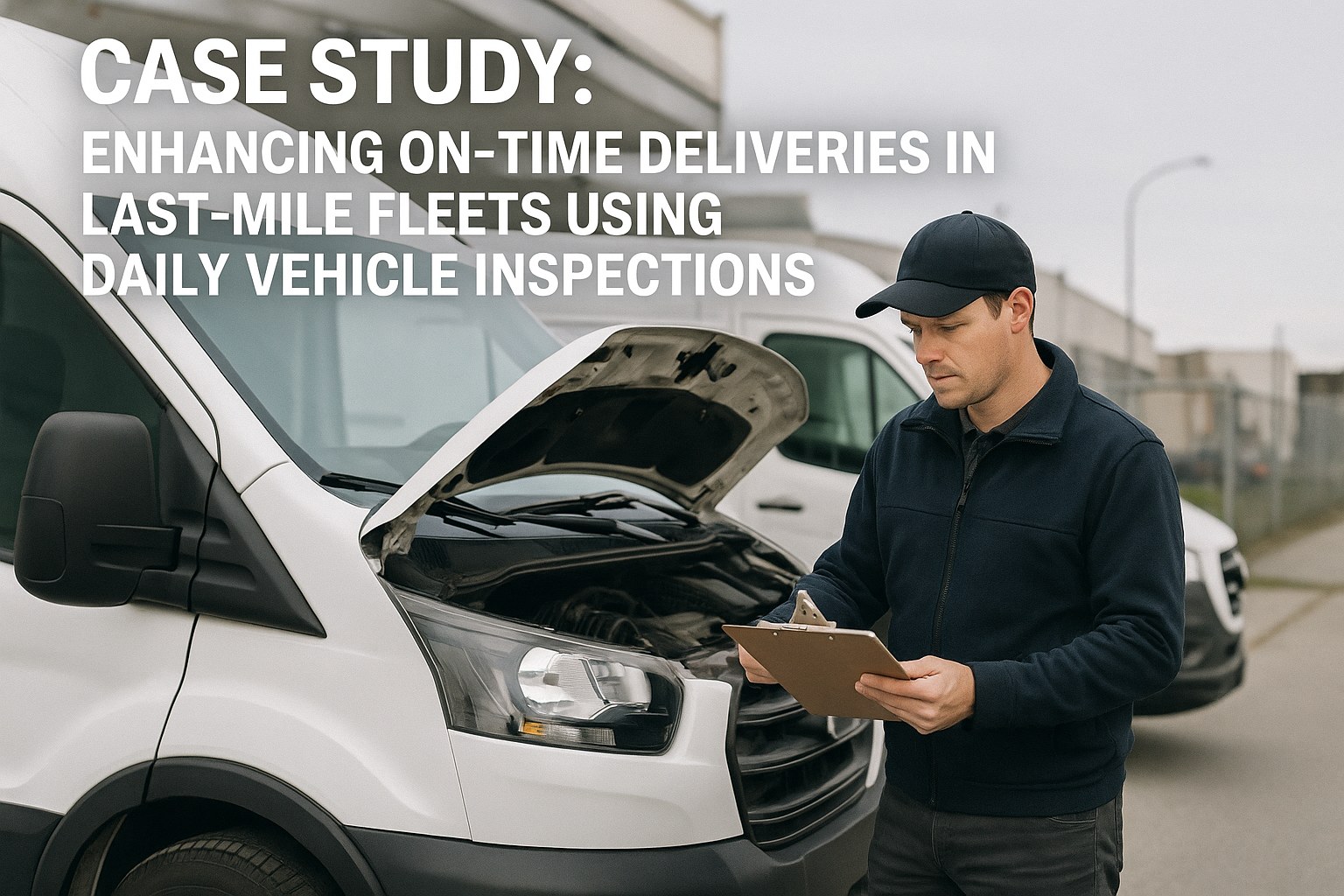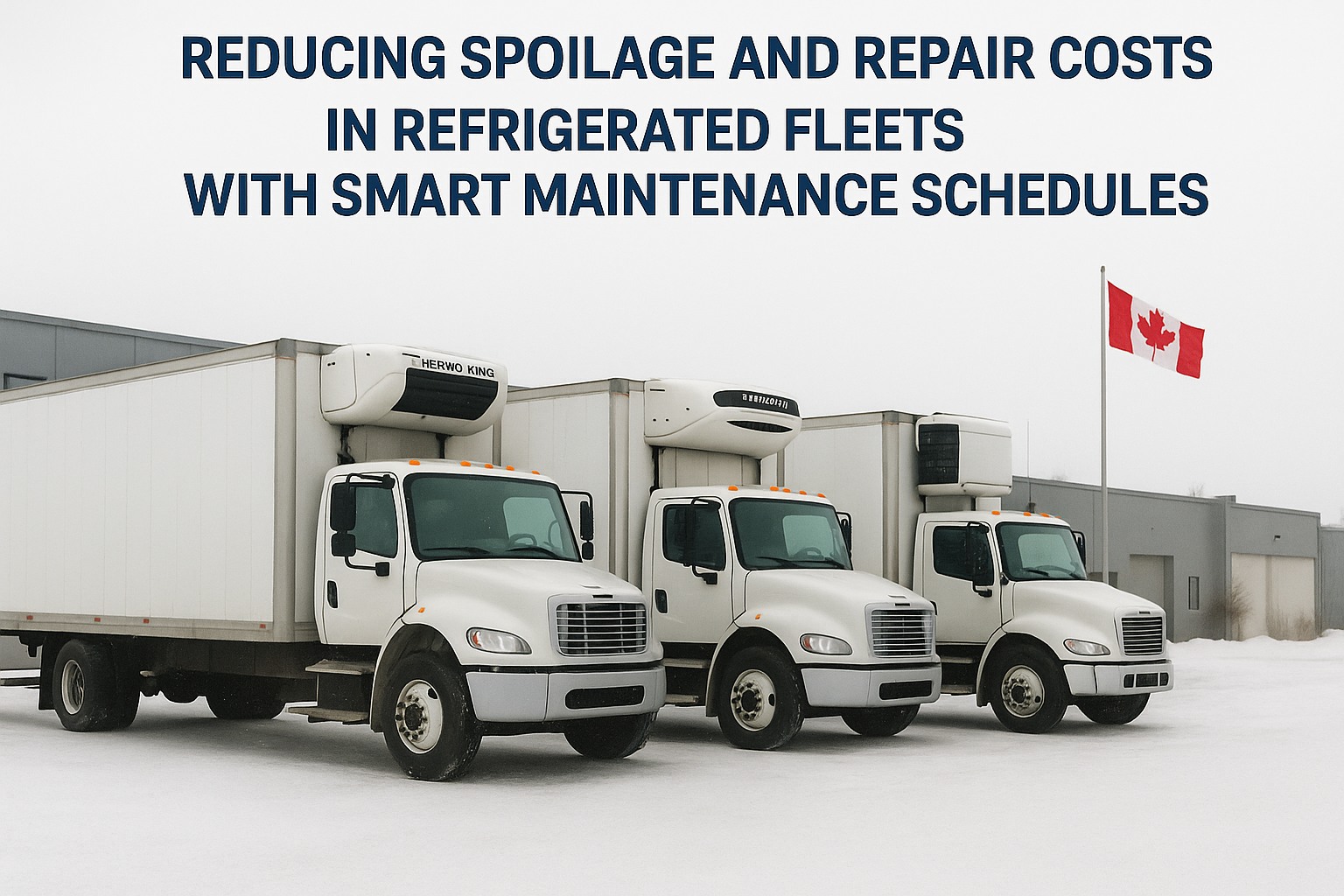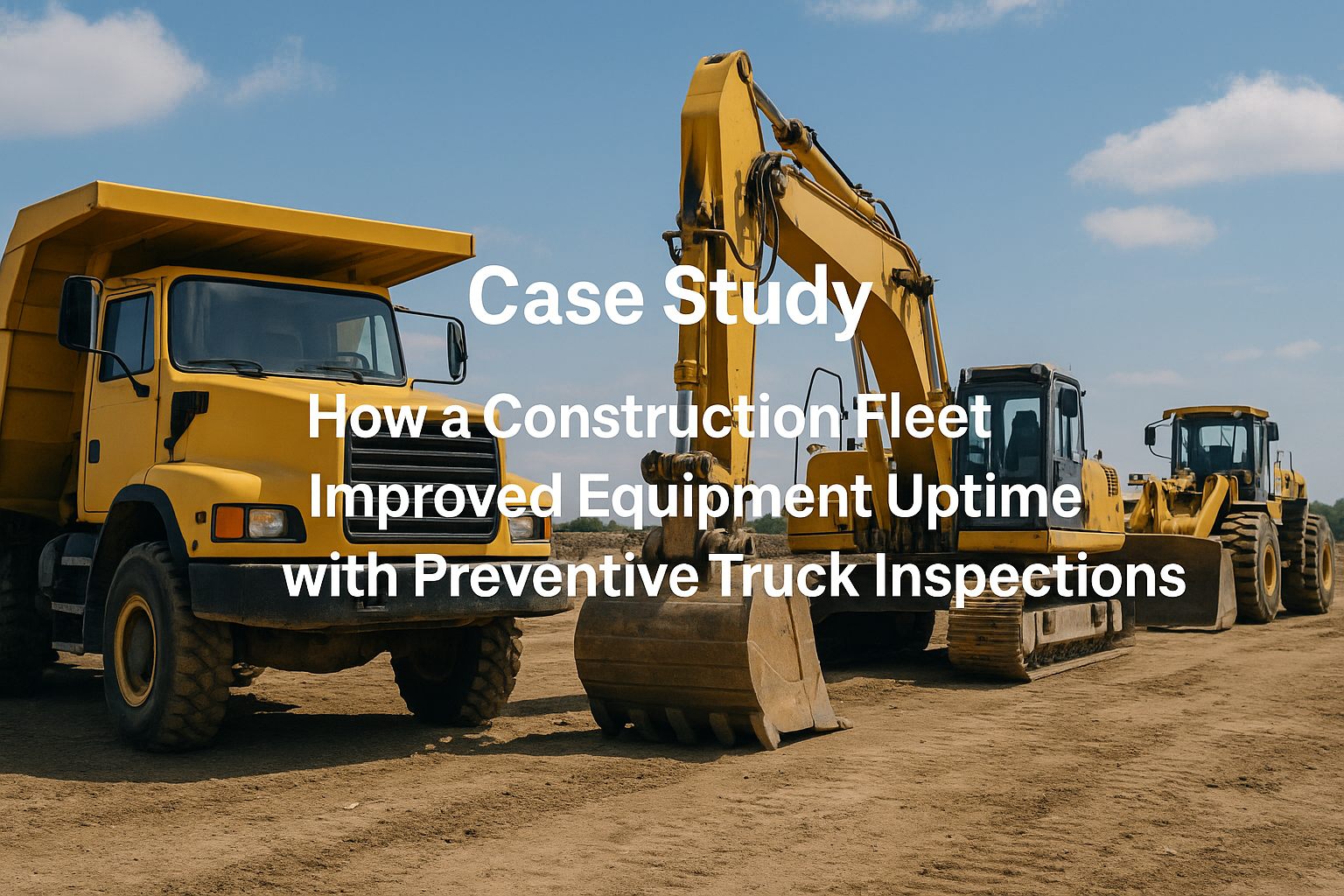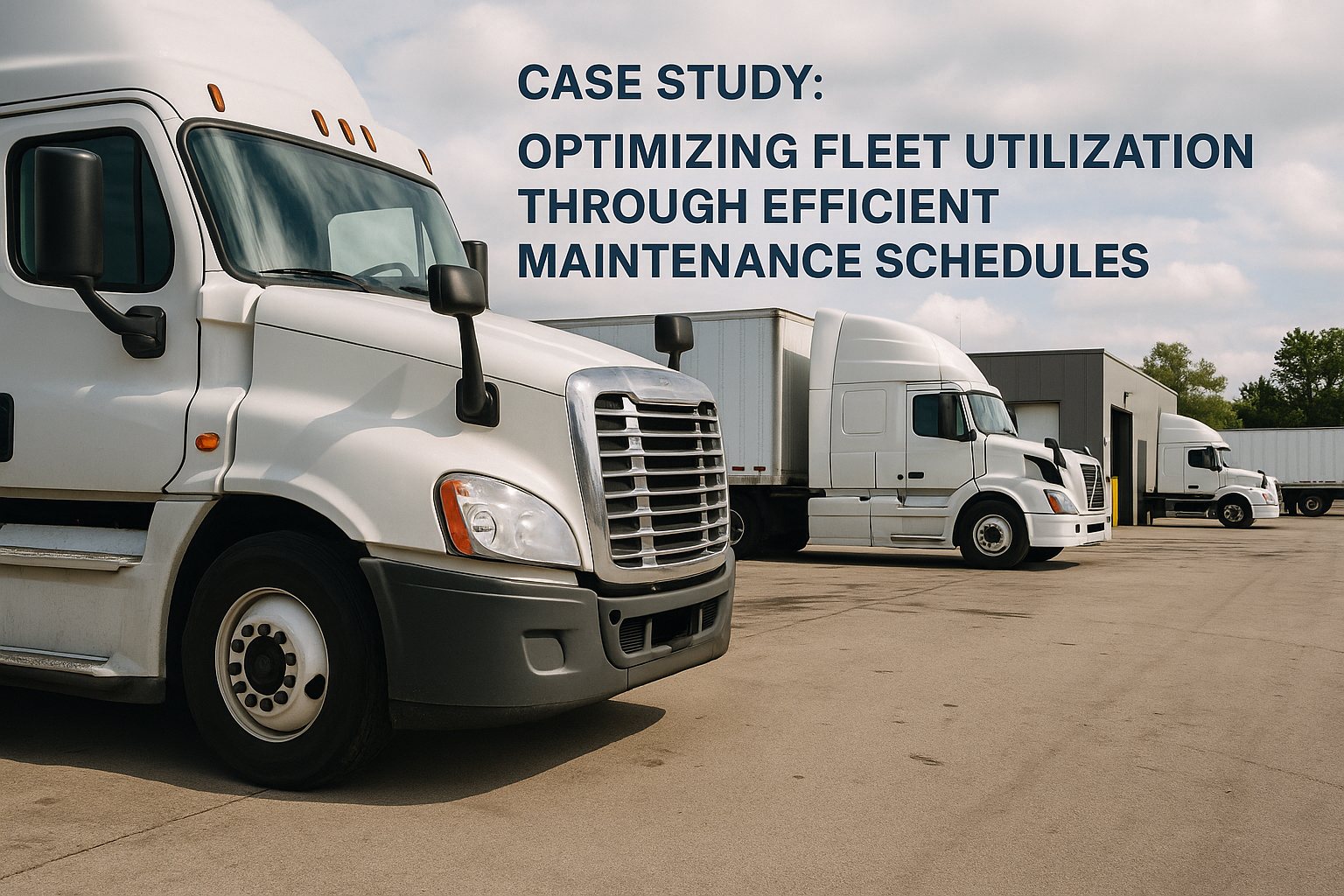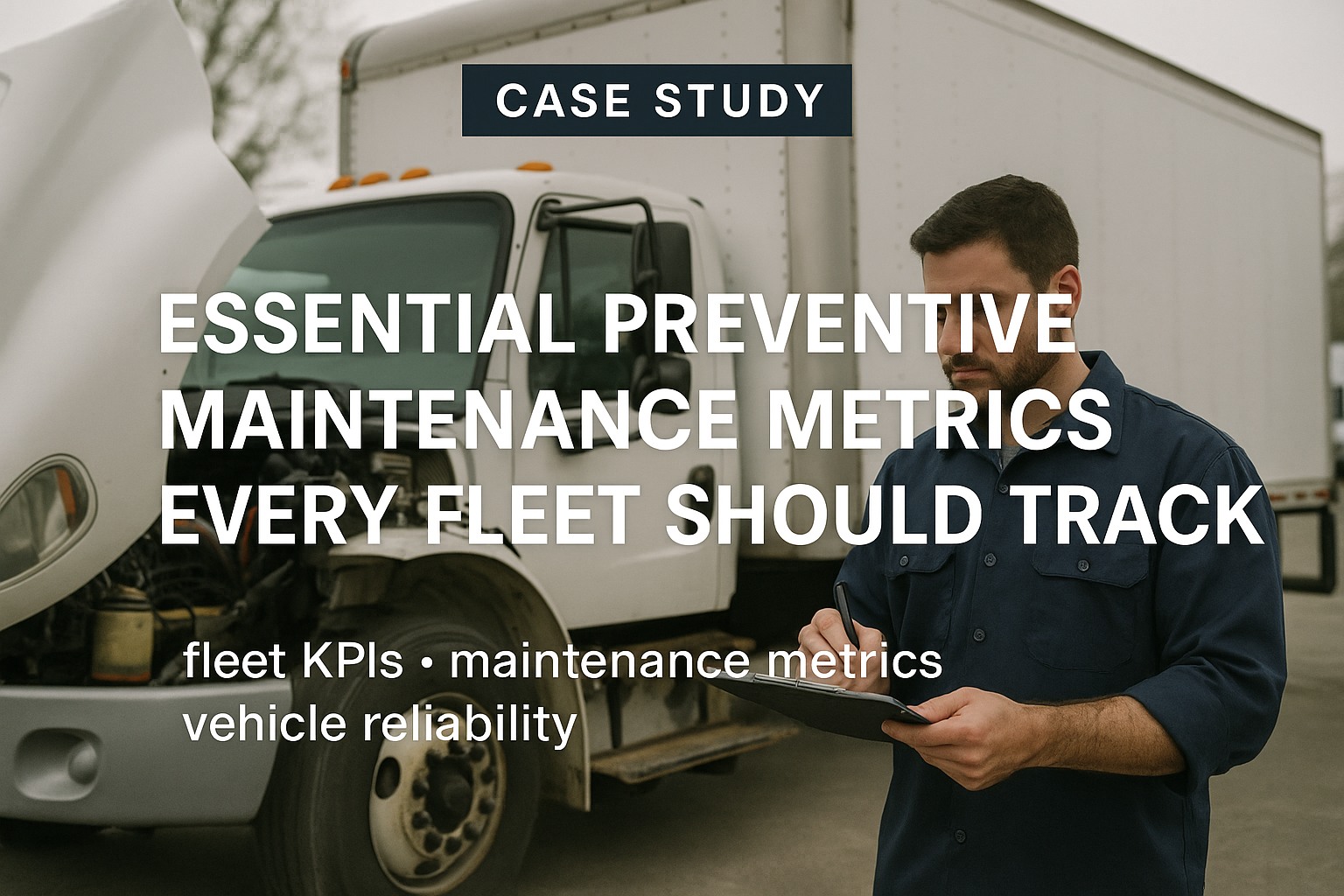Fleet maintenance mistakes cost the US trucking industry over $45 billion annually, with the average fleet losing $178,000 per year to preventable errors that cascade into catastrophic breakdowns, extended downtime, and spiraling repair costs. In an industry where profit margins hover around 3-5% ,these maintenance oversights don't just hurt efficiency—they determine whether fleets survive or fail. This comprehensive case study examines real-world maintenance mistakes from three major trucking operations, revealing how simple oversights led to millions in losses and, more importantly, how implementing proper maintenance protocols transformed their operations from reactive money pits into proactive profit centers.
The true cost of maintenance mistakes extends far beyond the repair bill. When a $50 air filter isn't changed on schedule, it triggers a chain reaction: reduced fuel efficiency costing $3,000 annually, accelerated engine wear adding $15,000 in premature repairs, and ultimately, catastrophic engine failure resulting in $35,000 replacement costs plus $12,000 in lost revenue during downtime. Multiply this across a 100-truck fleet, and a simple oversight becomes a $6.5 million problem. Yet despite these staggering numbers, 67% of fleets continue making the same preventable mistakes year after year.
The disconnect between maintenance knowledge and practice creates a perfect storm of inefficiency. Fleet managers understand the importance of preventive maintenance, yet operational pressures, budget constraints, and outdated systems lead to shortcuts that inevitably backfire. Consider that proper maintenance can extend vehicle life by 40%, reduce fuel costs by 15%, and prevent 75% of roadside breakdowns. The ROI is undeniable, yet fleets struggle to implement consistent maintenance programs. This case study explores why these failures occur and provides actionable solutions based on real fleet transformations.
The Hidden Impact of Maintenance Mistakes
Understanding the full scope of maintenance mistakes requires looking beyond immediate repair costs to examine the ripple effects throughout fleet operations. Each error compounds, creating efficiency losses that impact every aspect of the business.
The True Cost Cascade:
- Direct repair costs (visible): 25% of total impact
- Downtime and lost revenue: 35% of total impact
- Increased insurance premiums: 15% of total impact
- Driver turnover from breakdowns: 10% of total impact
- Customer loss and reputation damage: 15% of total impact
The multiplier effect of maintenance mistakes becomes clear when examining real fleet data. A single neglected component doesn't just fail—it takes related systems with it. For instance, ignoring worn brake pads leads to rotor damage, caliper problems, and potential DOT violations. What starts as a $200 preventive repair becomes a $3,500 emergency fix, plus potential fines and out-of-service orders that can cost $10,000 or more in lost productivity.
Case Study 1: TransWest Logistics' $2.3 Million Maintenance Crisis
TransWest Logistics operated 175 trucks across 12 states, maintaining what they believed was an adequate maintenance program. However, a series of cascading failures in 2023 exposed critical flaws in their approach, resulting in unprecedented losses and near-bankruptcy.
The Critical Mistakes
TransWest's maintenance failures stemmed from five fundamental errors that created a domino effect of problems:
- Deferred PM Schedules: Extending oil changes from 15,000 to 25,000 miles to "save money"
- Ignoring Early Warning Signs: Dismissing check engine lights as "minor issues"
- Parts Quality Compromises: Using aftermarket parts with 60% shorter lifespan
- Inadequate Technician Training: Missing 73% of issues during inspections
- Poor Documentation: No tracking of recurring problems or failure patterns
The Downward Spiral
The maintenance mistakes triggered a cascade of failures that nearly destroyed the company. Extended oil change intervals led to premature engine wear, with 12 engines requiring rebuilds at $25,000 each. Ignored warning lights resulted in three catastrophic transmission failures, each costing $18,000 plus two weeks of downtime.
The use of cheap aftermarket parts created a false economy. Brake components lasting half as long doubled the frequency of repairs, while inferior filters accelerated wear throughout the engine and transmission systems. Combined with inadequate technician training, minor issues went undetected until they became major failures.
The Transformation
Facing bankruptcy, TransWest implemented a comprehensive maintenance overhaul that became a model for fleet transformation:
- Strict PM Adherence: Zero tolerance for deferred maintenance
- Predictive Maintenance Technology: IoT sensors detecting issues 30 days early
- OEM Parts Policy: No compromises on critical components
- Technician Certification Program: 120 hours annual training requirement
- Digital Maintenance Tracking: Complete visibility into all maintenance activities
Results After Implementation
Within 18 months, TransWest's transformation delivered remarkable results that exceeded all projections:
Case Study 2: Regional Express' Technology Implementation Failure
Regional Express, operating 95 trucks in the Southeast, attempted to modernize their maintenance program but made critical implementation mistakes that initially worsened their efficiency before a complete strategic pivot saved the company.
The Technology Trap
Regional Express invested $450,000 in a state-of-the-art maintenance management system but failed to address the human and process elements necessary for success. Their mistakes included implementing too many features at once, providing inadequate training (only 4 hours per technician), ignoring staff resistance to change, failing to clean historical data before migration, and not establishing clear workflows and accountability.
The result was chaos. Technicians reverted to paper systems, creating duplicate records. Automated alerts were ignored or misconfigured, causing critical maintenance to be missed. The expensive system became a digital graveyard of incomplete data while real maintenance quality deteriorated.
The Recovery Strategy
Regional Express partnered with maintenance consultants to completely restart their technology implementation with a phased approach that prioritized people and processes over features.
The 10 Most Costly Maintenance Mistakes
Based on analysis of over 500 fleet operations, these maintenance mistakes consistently destroy efficiency and profitability:
Critical Maintenance Failures:
- Extending PM intervals beyond manufacturer recommendations - Average cost: $45,000/truck/year
- Using non-OEM filters and fluids - Hidden cost: 35% increased wear rates
- Ignoring driver reports of issues - Results in 73% more catastrophic failures
- Reactive-only maintenance approach - Costs 4.5x more than preventive maintenance
- Inadequate parts inventory management - Causes 2.3 extra downtime days per repair
- Skipping minor repairs - 87% evolve into major failures within 90 days
- Poor technician training - Misses 67% of developing problems
- Lack of maintenance documentation - Prevents pattern recognition and improvement
- Budget-driven maintenance decisions - Short-term savings create long-term losses
- No root cause analysis - Problems recur with 82% frequency
Building a Mistake-Proof Maintenance Program
Creating a maintenance program that avoids common mistakes requires systematic approach combining technology, training, and accountability. Here's the framework used by top-performing fleets:
Step 1: Establish Non-Negotiable Standards
Success starts with clear, uncompromising maintenance standards. This includes PM schedules based on severe duty cycles, mandatory OEM parts for critical components, immediate attention to warning indicators, and comprehensive documentation requirements. These standards must be supported by management and immune to operational pressures.
Step 2: Invest in Technician Excellence
Your maintenance program is only as good as your technicians. Leading fleets invest in continuous education with manufacturer training, diagnostic technology certification, and safety protocol updates. They create career advancement paths tied to skill development and implement recognition programs for preventive maintenance success.
Step 3: Leverage Predictive Technology
Modern maintenance requires predictive capabilities. Successful fleets use telematics for real-time vehicle health monitoring, oil analysis programs detecting wear patterns, thermal imaging for electrical and mechanical issues, and vibration analysis for rotating components. These technologies identify problems 30-60 days before failure.
Step 4: Create Accountability Systems
Accountability drives consistency. Implement daily inspection compliance tracking, maintenance KPI dashboards visible to all stakeholders, regular maintenance audits with corrective actions, and cost tracking by vehicle and component. Make maintenance performance as visible as safety and delivery metrics.
ROI of Avoiding Maintenance Mistakes
The financial impact of eliminating maintenance mistakes delivers compelling returns that justify any investment in improved processes and technology:
Annual Savings per 100 Trucks:
- Prevented Breakdowns: $1,235,000
- Reduced Emergency Repairs: $876,000
- Improved Fuel Efficiency: $423,000
- Extended Vehicle Life: $654,000
- Lower Insurance Premiums: $287,000
- Reduced Downtime (Opportunity Cost): $1,890,000
- Total Annual Benefit: $5,365,000
Against typical improvement costs of $750,000 for technology, training, and process development, the ROI exceeds 600% in the first year. These calculations don't include intangible benefits like improved driver retention, customer satisfaction, and competitive advantages from superior reliability.
Common Misconceptions That Lead to Mistakes
Several persistent myths in fleet maintenance lead to costly mistakes. Understanding and correcting these misconceptions is crucial for maintenance excellence:
Dangerous Maintenance Myths:
- "Newer trucks don't need as much maintenance" - Modern engines are more complex and require more precise maintenance
- "If it's not broken, don't fix it" - 70% of components show warning signs before failure
- "All parts are basically the same" - Aftermarket parts can have 50-70% shorter lifespan
- "Experienced drivers will report problems" - Only 35% of issues are reported without formal processes
- "Maintenance is a necessary evil" - Proactive maintenance is a profit center when done correctly
Implementation Roadmap: From Mistakes to Excellence
Transforming a maintenance program requires systematic implementation. This 90-day roadmap has been proven across multiple fleet transformations:
Days 1-30: Assessment and Foundation
- Audit current maintenance practices and identify top 5 mistake patterns
- Calculate true cost of maintenance failures including hidden impacts
- Establish baseline metrics for availability, costs, and breakdown frequency
- Create maintenance standards documentation
- Begin technician skills assessment
Days 31-60: Systems and Training
- Implement maintenance management system or optimize existing one
- Launch intensive technician training program
- Establish parts inventory management protocols
- Create accountability dashboards and reporting
- Begin predictive maintenance pilot program
Days 61-90: Optimization and Scale
- Refine processes based on initial results
- Expand successful practices across entire fleet
- Implement continuous improvement protocols
- Establish vendor partnerships for parts and services
- Create long-term maintenance excellence culture
Your Path to Maintenance Excellence
The difference between fleets that struggle with constant breakdowns and those achieving 96%+ availability isn't luck—it's the systematic elimination of maintenance mistakes. Every error avoided saves thousands in direct costs and preserves the operational efficiency that keeps customers satisfied and drivers employed.
The case studies presented demonstrate that transformation is possible regardless of current state. Whether you're losing millions to maintenance failures or simply seeking to optimize an adequate program, the principles remain the same: establish standards, invest in people, leverage technology, and maintain accountability.
The trucking industry's thin margins leave no room for preventable maintenance mistakes. By learning from others' failures and implementing proven solutions, your fleet can achieve the operational excellence that separates industry leaders from those fighting for survival. The time for half-measures and deferred maintenance has passed—excellence is the only sustainable strategy.
Ready to Eliminate Maintenance Mistakes?
Join leading fleets that have transformed their maintenance operations from cost centers to competitive advantages. Discover how our comprehensive maintenance solutions can help you avoid the mistakes that cost millions while building a culture of proactive excellence.
Getting Started Book a Demo